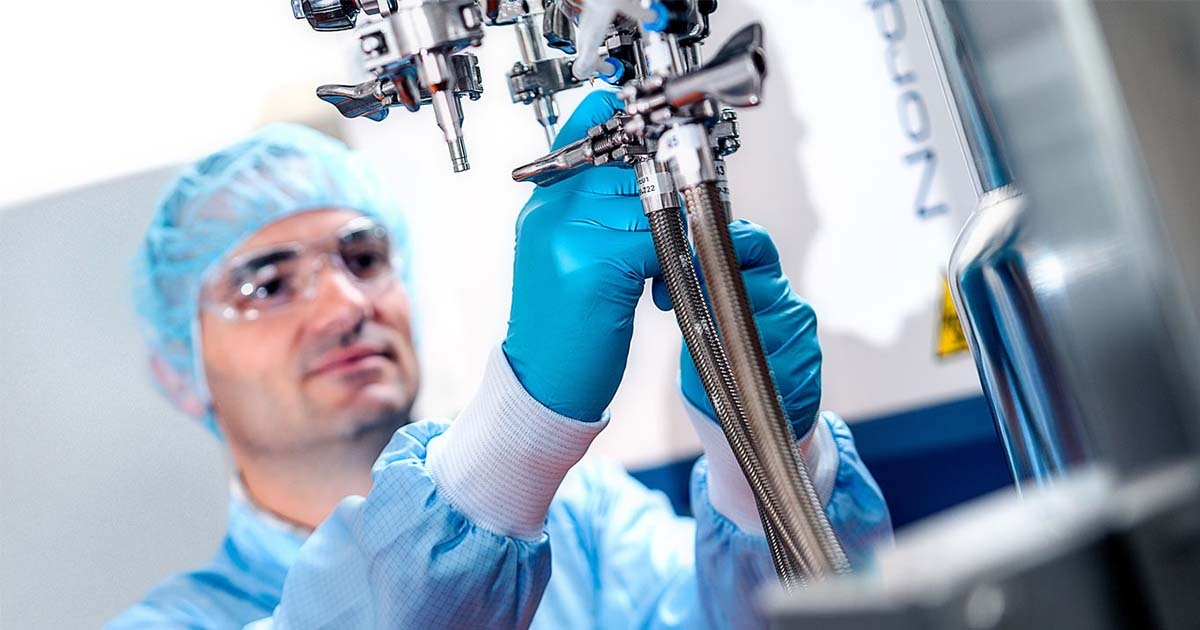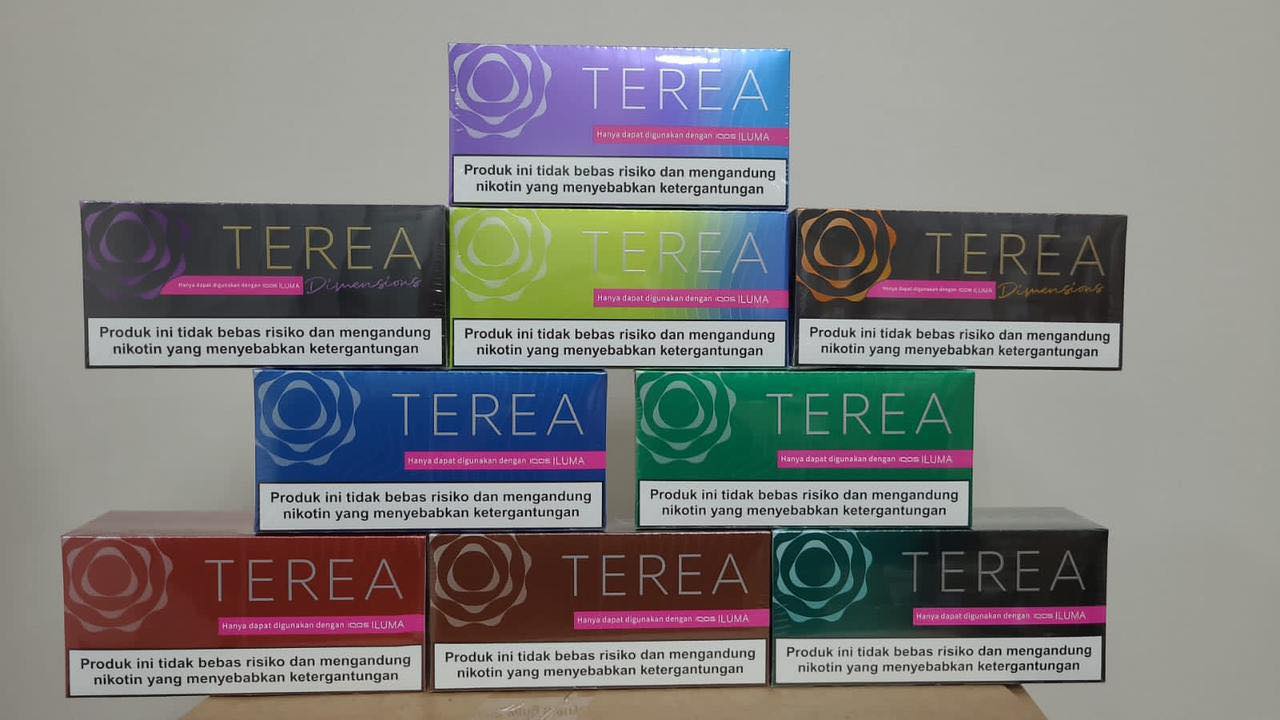Extraction of plasmid DNA is a common process in microbiology labs. Procedures like cloning, transfection, DNA sequencing, and gene therapy depend on the quality of the plasmid yield. Ideally, the pure the plasmid extract, the better the results. However, many things can go wrong, from extracting to isolating plasmid DNA resulting in a low yield.
Sometimes you may use the same prep methods but still get inconsistent yields. What causes low yields? How do you increase purity? This post answers your questions succinctly with actionable information you can immediately implement to increase plasmid DNA yield.
What causes low yields?
Covering the bases and getting the extraction process right is a no-brainer. However, some plasmid yields will still come out low despite keeping the copy number low or using the correct cell lysate. Here are some causes of low yields that you may be missing.
Suboptimal bacteria
Sometimes the strain of bacteria in your bacterial stock has different genotypes that co-purify the plasmid. An example is some strains of E. coli are perfect for protein expressions and not much useful for DNA replication. Using mixed-strain bacteria always results in low yields for your research. In this case, getting High Purity Plasmid Production Service gives you a major boost in your research.
Growing cultures overnight
While it may seem counterintuitive, you should not grow cultures overnight. The cultures can easily become saturated. However, you should remember that different bacterial strains have different growth conditions. Some strains require higher temperatures and longer incubation periods. Generally, the sweet spot is between 12-16 hours.
Inadequate antibiotic
An astonishingly widespread error microbiologists make is forgetting to add antibiotics or adding too little.
Plasmid yields are usually high when there’s adequate selective pressure. Using an insufficient amount of antibiotic solution will lower the selective pressure. Such problems occur when you use an old colony that has satellite colonies. This means that during the culturing period, some bacteria will be operating antibiotic-free, lowering the yield.
Processing too many samples
It is tempting to prep samples simultaneously. However, practice has shown that some colonies take longer to grow than others. Therefore, you may rush or slow a step in the extraction phase, resulting in poor-quality yields. Top-rated services such as High Purity Plasmid Production Service produce ready-to-use plasmids in bulk quantity to aid time-sensitive experiments. Every step in the plasmid DNA extraction, from selecting a colony for growth to prepping the DNA pellet. This rule applies even when using kits.
How to Increase Plasmid Yield
Plasmid DNA preparation has many steps that can confuse and lead to errors. However, you can take steps to increase the yield and purify your plasmid DNA extract. Most of the time, the problem is the culture or the strain of bacteria. You can get a source of a High Purity Plasmid Production Service to get approved cultures for DNA replication. Other ways to increase plasmid yield boil down to the prep process, such as:
Use up-to-date isopropanol
Refrain from using cheap stuff when preparing your pellets. Instead, source a new isopropanol bottle that hasn’t been stocked since the stone age. The quality of isopropanol will influence the pellet yield after centrifugation and, ultimately, the plasmid yield.
Don’t ignore the lysing time
Continuous exposure to the alkaline solution in a cell lysate causes the proteins to denature, lowering the purity of the plasmid yield. Experts in High Purity Plasmid Production Services use cleared cell lysates under optimal time to increase the plasmid DNA’s purity and yield. While preparing your cell lysate, consider centrifugation, then observe the lysing time to avoid obtaining a yield with chromosomal DNA.
Don’t overgrow your culture
More isn’t always better, especially when prepping a plasmid from a culture. If you overgrow your culture, your yield will have genomic DNA contamination. To prevent overgrowing your culture, use a small colony of starter culture. Remember you want to obtain a culture late in the lag phase, not an oversaturated one.
The Bottom line
Whether for transfection or in vitro translation, plasmid isolation and yield quality are vital in ensuring success. Refer to this article to obtain some insights when you need help with plasmid yields. You can always perfectly optimize your yields one step at a time. For more help on the best isolation techniques, get High Purity Plasmid Production Service and be educated on the best practices of plasmid DNA extraction.






